#swedish royal history
Text
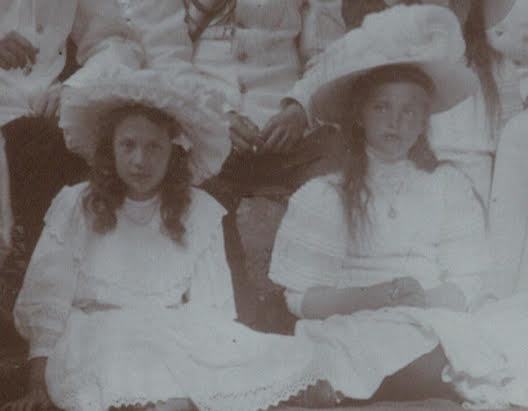
❧ ♔ ~ Grand Duchess Maria Nikolaevna of Russia & Princess Margaretha of Sweden’s corespondence ~ ♔ ☙
❧ “Dear Marie, Thank you very much for your card. How are you all? We are all well. On the card you see our country house. Much love from your loving Margaretha. Please write soon.” - Margaretha to Maria, Feb 24th 1914
❧ “Dear Marie, I wish you a very happy Xmas and new year from your loving cousin Margaretha” - Margaretha to Maria, Jan 1st 1915
❧ “Darling Marie, Thank you so very much for your card! Here is a new foto of my brother. Much love fr. your loving cousin. Margaretha. PS Write very soon!!!” - Margaretha to Maria, March 14th 1914
❧ “Dear Marie, I thank you so very much for your kind letter. Now we are here in the country and have a lovely time. Where are you? I have put up my hair too and you did it so much earlier. Much love to you all from us. Many kisses from your loving cousin Margaretha. Please write soon.” - Margaretha to Maria, June 4th 1915
❧ “Darling Marie, I hope you all are well. You must have a very nice time in Livadia and I quite understand you are sorry to leave it. Do write a card I would be very glad. 1000 kisses from your loving cousin Margaretha.” Margaretha to Maria, undated
Source: Diaries and Letters of Maria Nikolaevna Romanova by Helen Azar
#maria nikolaevna#princess margaretha of sweden#princess Margaretha#princess margareta of sweden#diaries and letters#otma#romanov#romanovs#grand duchess maria nikolaevna#otmaa#swedish royal family#Sweden#imperial Russia#quotes#Helen azar#russian history#margaretha of sweden
83 notes
·
View notes
Text

Grand Duchess Maria Pavlovna of Russia, Duchess of Södermanland with her son Prince Lennart of Sweden, Duke of Småland, 1910.
#Grand Duchess Maria Pavlovna of Russia#Grand Duchess Maria Pavlovna of Russia the younger#grand duchess maria pavlovna#grand duchess maria of russia#princess maria of sweden#Duchess of Södermanland#imperial russia#imperial family#russian imperial family#romanovs#colored photography#1910s#1910#1910s fashion#prince lennart of sweden#Prince Lennart of Sweden#Duke of Småland#swedish royal family#swedish royals#swedish royalty#history colored
46 notes
·
View notes
Text

Princesses Margaret and Patricia of Connaught, 1908.
#aesthetic#art#art history#fashion#historical fashion#historical art#women in art#women#edwardian aesthetic#edwardian women#edwardian fashion#1900s#1900s style#1900s fashion#1900s hairstyles#British royals#Margaret of Connaught#(Margareta of Sweden)#Patricia of Connaught#Swedish royals#royalty aesthetic#vintage photography#black and white photography#portrait#royals#royalty
77 notes
·
View notes
Text
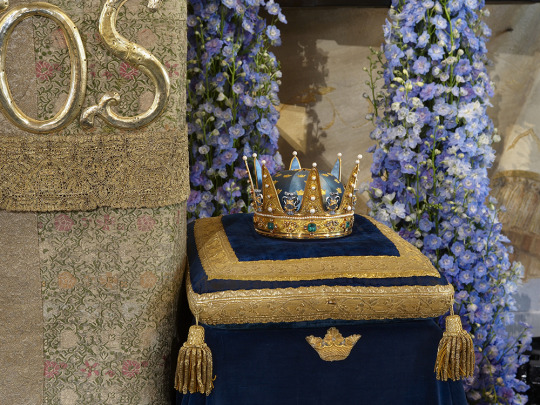

Prince Daniel's Crown
Prince Wilhelm's Crown, made by C. G. Hallbergs Guldsmeds AB in 1902, is the crown of Prince Daniel. Little Prince Oscar shares the crown with his father. This is the most recent addition to the Royal House's collection of crowns and, therefore, the most recent addition to Sweden's state regalia.
Photos: The Royal Court of Sweden
#swedish royal family#prince daniel#prince oscar#prince wilhelm#swedish crowns#swedish history#royal history#crown jewels#my upload
72 notes
·
View notes
Text
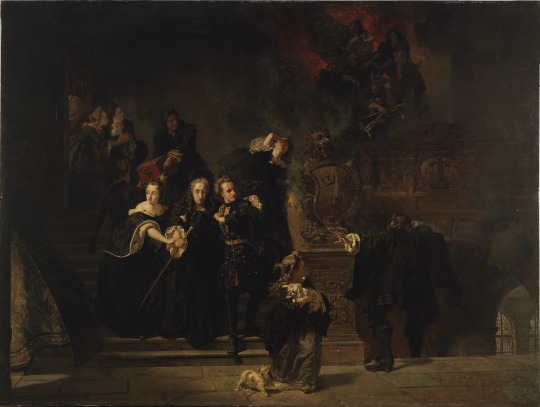
The Fire at the Royal Palace, Stockholm, 7th May, 1697
by Johan Fredrik Höckert
#johan fredrik höckert#art#fire#royal palace#palace#sweden#swedish#stockholm#history#cityscape#architecture#charles xi#carl xii#hedwig eleonora of holstein gottorp#europe#european#dog#dogs#heraldry#royals#royalty#royal#nobility#royal family
77 notes
·
View notes
Text


Prince Oscar of Sweden attends the opening of the exhibition "World of Water", at the Swedish Museum of Natural History in Stockholm, Sweden -June 3rd 2024.
#prince oscar#prince oscar of sweden#swedish royal family#sweden#2024#june 2024#swedish museum of natural history#swedish museum of natural history 2024#world of water#royal children#my edit
16 notes
·
View notes
Text

Eerik XIV ja Kaarina Maununtytär / Erik XIV and Karin Månsdotter (1864) by Erik Johan Löfgren (Kansallisgalleria)
Been looking at this art piece a lot at work today and decided I have to save it for myself as art inspiration because this is the helaegonest inspiration pic that ever helaegoned. I need to paint them like this ❤
#history#Swedish history#Finnish history#Finnish art#Finnish artist#royal portraits#Erik XVI#Kaarina Maununtytär#Karin Månsdotter#classic art#art history#local history#gorgeous art#art inspiration#art ref pics#helaegon art reference
7 notes
·
View notes
Text

Gustav IV Adolf of Sweden (1809) by Per Krafft the Younger.
#gustav iv#per krafft#19th century art#19th century#19th century aesthetic#male portrait#sweden#schweden#scandinavia#europe#european royals#swedish royal family#swedish art#swedish artist#sverige#swedish#european royalty#royalty#painting#art history
9 notes
·
View notes
Text

It’s our 100th episode! To celebrate, @duchessofostergotlands and @princesscatherinemiddleton are answering your burning questions about all things royalty in this special episode. Come and join us as we discuss unpopular royal opinions, our earliest memories of royalty, and whether William will make a good King.
Listen to Episode 100 - “Spin the wheel!” - Spotify, Apple, Google Podcasts and Amazon!
#on heir#on heir podcast#royal fandom#royals#royalty#royal family#british royal family#swedish royal family#norwegian royal family#history#historical royals
10 notes
·
View notes
Text
the king
when i was doing some research for a historical wilmon fanfic at the royal library’s archive last year i found a short story called the king by martin andersen-nexö from 1914. it was a story of a king who no longer held any power, but was worshipped by his people who didn’t dare to criticize him.
“let him sit!”, the wise men of the country said. “he’s the unsound fantasies of the people, collected in one hand - it’s the cheapest option. and he is our only memory of the slavery of the past. the more he stands out, the more he brings attention to how far we’ve come.”
the king stayed on his throne, but he wasn’t allowed to speak. the people traveled from east and west to see him, and he had to sit nicely on the throne while the people looked at him. meanwhile, the people invented a road of light that would lead talented people to success, no matter their social class. but the king’s throne cast a shadow over the road of light, which paralyzed the entire country.
after some time, the king asked if no one was upset with him. the people didn’t dare to be mad at him, because he sat so nicely on his throne. finally, the king had had enough and his soul left his body, but his body remained sitting. once his soul was gone, nothing stopped him from sitting nicely. he sat there, deaf and blind, until humanity accidentally pushed his throne so that it fell over.
i love this story because in my opinion, it pinpoints some of the reasons as to why i think monarchs - both the real and fictional ones - shouldn’t exist. it’s fascinating how a story published in 1914 so perfectly describes the themes of a tv show from 2021. because this could have been a fabel about wilhelm, who is forced to sit nicely on his throne as tourist attraction and a symbol of the past, which in turn harms not only the people but also wilhelm himself. and if he continues to sit nicely, his soul will eventually leave his body, because it won’t be able to stand it any longer.
#young royals#mine#backstory: this story was published during a time when the socialists and the king were in deep conflict#the socialists wanted to spend money on welfare and the king wanted to spend money on a fancy military boat#the king kicked out the government because of the conflict#it was the last time in swedish history that the king made a political decision#yet this story describes a time more similar to our own#where the king holds no power but is merely an expensive symbol#i feel like this fandom need some anti-monarchy takes because this is not a show that's trying to romanticize monarchism#like wille hates it simon hates it even august is starting to think it's not a vibe#if we're gonna talk about revolutions we're talking burning old institutions to the ground#not trying to reform an institution that is impossible to reform
57 notes
·
View notes
Text

Blood is thicker than water
~☆~royal lookalikes~☆~
Princess Isabella of Denmark and her great-grand mother, Queen Ingrid. -@abigaaal 🧸💓
#request#requested#abigaaal#@abigaaal#danish royal family#swedish royal family#scandinavian royals#swrf#srf#drf#royal#royals#royal stuff#royal history#history#queen ingrid#princess isabella#krasivaa's royal series#krasivaa's royal series-lookalikes
21 notes
·
View notes
Text
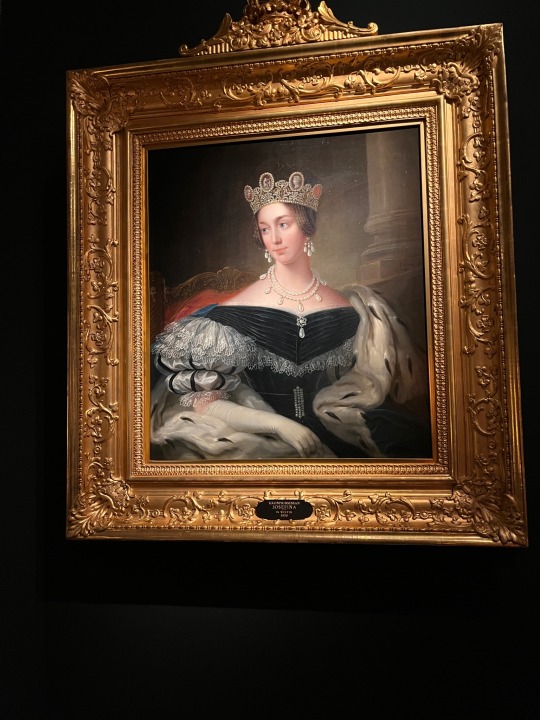

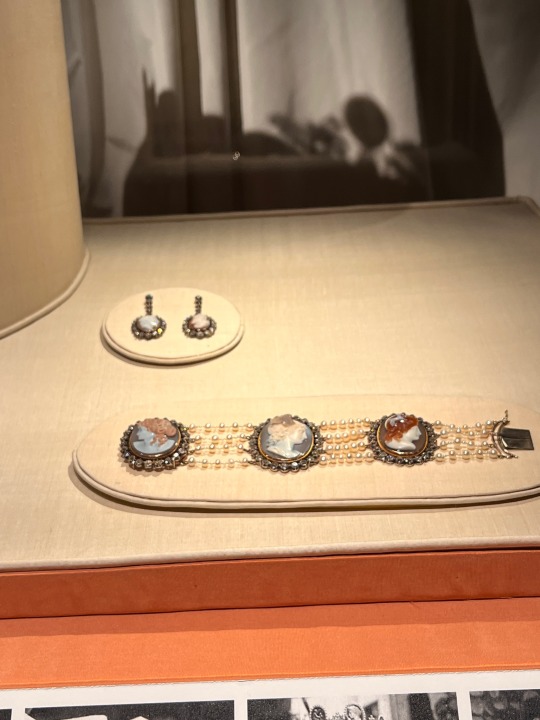





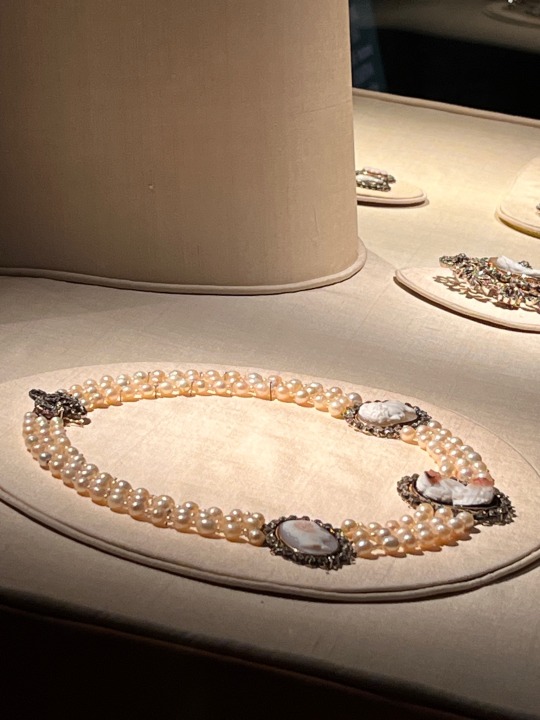

I got to see the Swedish Cameo Parure in person this week. It is on display at the Vasa to Bernadotte, 1523 -1973 - 2023, exhibition at The Royal Palace in Stockholm, Sweden.
#swedish royalty#swedish monarchy#swedish history#swedish royal family#Swedish tiara#tiara#cameo tiara#napoleonic tiara#royal tiara#Vasa to Bernadotte#Queen josefina of Sweden
11 notes
·
View notes
Text

Princess Lovisa of Sweden with Princess Thyra of Denmark. 1870s.
#aesthetic#art#art history#fashion#historical fashion#victorian#historical art#women in art#victorian aesthetic#women#1870s#1870s fashion#1870s dresses#1870s aesthetic#royalty aesthetic#queen louise of denmark#thyra of Denmark#danish royalty#Danish royals#Swedish royals#Sweden#Denmark#vintage photography#photography#fashion photography
56 notes
·
View notes
Text

Maria Eleonora's Crown
Maria Eleonora's Crown was made in 1620 by the German goldsmith Ruprecht Miller. It is made of gold and is set with diamonds and rubies. The cross-bearing orb is enamelled and decorated with diamonds representing the sun, moon, and stars. This crown was used as the royal crown until 1818 when King Karl XIV Johan decided to revert to King Erik XIV's Crown.
Photo: royalpalaces.se
#swedish royal family#swedish crowns#queen maria eleonora#royal history#swedish history#crown jewels#art history#artefacts#my upload
39 notes
·
View notes
Text
Carolina Östberg was one of the most famous and beloved singers of all on the Swedish opera stage during the last decades of the 1800s.
Carolina Östberg was born in Stockholm in 1853. She was the daughter of the master barber surgeon Johan Ludvig Östberg and Beata Ulrika Wallberg. Even as a child, Carolina Östberg showed that she was naturally musically gifted. It was however not until she was about 16, and accepted as a pupil at the Royal Swedish Academy of Music, that she was given the opportunity to develop this talent further. Carolina Östberg studied Christina Nilsson’s and Zelia Trebelli’s singing methods thoroughly when they visited Sweden, but she considered that she had her singing teacher, Professor Joseph Günther, to thank for her highly developed singing technique.
After three years of studies, she made her stage debut at the Royal Theatre, nowadays the Royal Opera in Stockholm, when she entered the great stage in the role of Anna in the opera Der Freischütz, on 15 December 1873. The critics wrote that this unusually talented debutante had a soprano voice with a fresh, clear and pure timbre and that she also showed evidence of careful training in coloratura. The year after, she had yet another achievement in the male role Carlo Broschi in Daniel Auber’s opera La Part du Diable, and was given a contract. During her three years at the Royal Theatre, she created important Mozart roles such as, among others, Susanna in Le Nozze di Figaro and Papageno and one of the genies in Der Zauberflöte. For each new performance, Carolina Östberg won ever greater recognition from critics and audiences alike.
When her contract ended in 1877, Carolina Östberg planned to educate herself further in St Petersburg. However, the journey was cancelled since instead she married the wholesale dealer Moritz Horwitz the year after, and chose to leave the stage to the audience’s great disappointment, apparently permanently. The prevailing period of depression in Sweden meant however that her husband’s income was very meagre. Carolina Östberg decided to return to the stage once more. Her unexpected return in 1879 as the title role in Franz von Suppé’s operetta Boccaccio on the stage of Nya teatern was such a roaring success that it created total Boccaccio-fever in the capital. The acclaimed performance sold out time and again and Carolina Östberg was paid a staggering fee of 100 kronor per evening. Her engagement at Nya teatern lasted until 1885 and she played the main role in among other works Charles Lecocq’s opera Le Petit Duc, Madame Favart by Offenbach, and Charles Grisart’s Les Poupées de l’Infante. During her years at the theatre, Carolina Östberg gave guest performances at many other theatres, for example in Denmark in 1880, Germany and the Netherlands in 1882—1883 and Norway in 1885.
When Carolina Östberg once again was given a contract at the Royal Theatre in 1886, this was considered a triumph for the audience who had demanded her return to the great dramatic stage for a very long time. Apart from a break for touring America in 1892—1894, Carolina Östberg belonged to the permanent ensemble at the Royal Theatre until 1906 when she resigned to work as a private singing teacher, an enterprise that she had carried on parallel to the theatre for several years.
In 1897, Carolina Östberg was elected to be a member of the Royal Swedish Academy of Music. She was awarded the medal Litteris et Artibus in 1891 and on King Oscar II’s birthday in 1900, Carolina Östberg received from his hand the unusual medal Litteris et Artibus decorated with diamonds. Carolina Östberg was a member of Idun’s women’s academy for a while, along with – among others – Selma Lagerlöf, Agda Montelius and Karolina Widerström.
Carolina Östberg died on 27 February 1924. She lies buried at the Northern Cemetery in Solna. Her voice has been preserved on nine gramophone recordings from 1905.
#classical music#opera#music history#bel canto#composer#classical composer#aria#classical studies#maestro#chest voice#Carolina Östberg#singing teacher#Royal Swedish Opera#Le Nozze di Figaro#Wolfgang Amadeus Mozart#The Marriage of Figaro#soprano#classical musician#classical musicians#classical history#history of music#historian of music#musician#musicians#diva#prima donna#opera history
6 notes
·
View notes
Text



Crown Princess Victoria of Sweden and Prince Oscar of Sweden attend the opening of the exhibition "World of Water", at the Swedish Museum of Natural History in Stockholm, Sweden -June 3rd 2024.
#crown princess victoria#prince oscar#prince oscar of sweden#swedish royal family#sweden#2024#june 2024#swedish museum of natural history#swedish museum of natural history 2024#world of water#royal children#my edit
11 notes
·
View notes